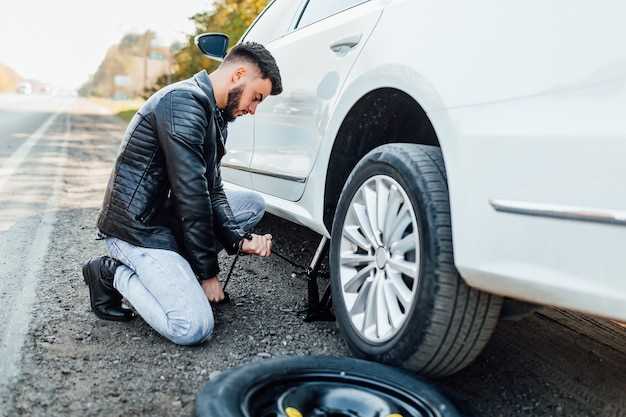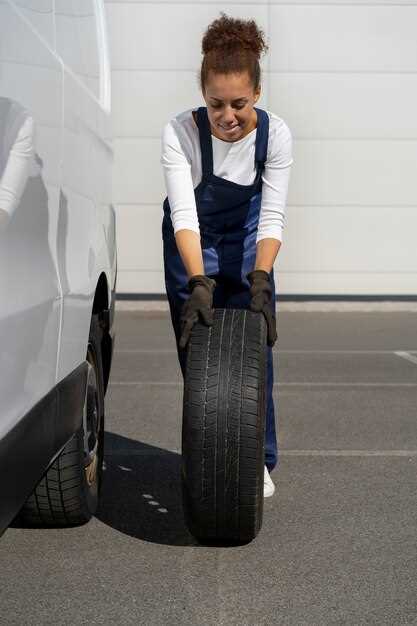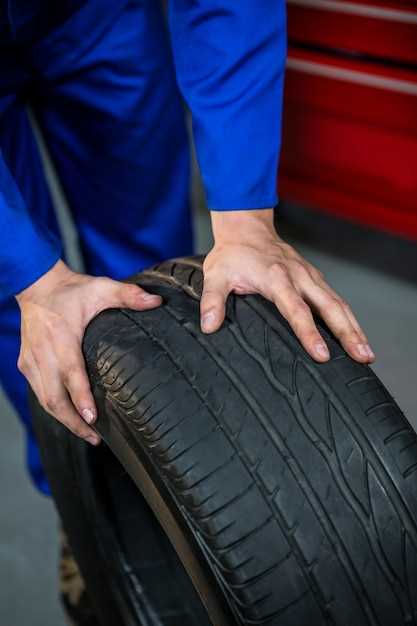
Racing tires are crucial components that directly influence vehicle performance on the track. Their ability to provide grip, handling, and stability is essential for achieving the best lap times. However, like all automotive parts, tires experience wear and tear over time and require regular inspection and timely replacement. Understanding the signs that indicate your racing tires need replacement is vital for maintaining peak performance and ensuring safety.
One of the primary signs of tire degradation is visible tread wear. Worn treads can severely reduce traction, leading to slower lap times and compromised safety. If you notice that the tread depth is below the recommended levels or if the tread pattern has become uneven, it’s time to consider replacing your tires. In addition, keep an eye out for signs of damage, such as cuts, bulges, or punctures, which can not only affect performance but also pose a risk during high-speed racing.
Another important factor to consider is how the tires handle heat. Racing tires are designed to operate efficiently within specific temperature ranges. If you find that your tires are taking longer to reach optimal operating temperatures or if they consistently overheat during races, this may indicate that their structural integrity is compromised. Recognizing these signs early can help you make informed decisions about when to invest in new tires, ultimately enhancing your racing experience.
Visible Tread Wear Patterns Affecting Performance

Tread wear patterns on racing tires serve as critical indicators of how effectively the tires perform under various conditions. Uneven wear can dramatically influence traction, cornering stability, and overall handling characteristics, which are essential for achieving optimal race times.
One common pattern is excessive wear on the outer edges, which often indicates that the tires are overinflated or that the vehicle is experiencing excessive camber angles. This condition can lead to reduced grip during cornering, as the tire’s contact patch is not fully engaged with the track surface, adversely impacting lap times.
Center wear, on the other hand, suggests that the tires are overinflated. When the center of the tread wears down faster than the edges, the tire loses its ability to provide the necessary traction, especially in high-speed scenarios. This can result in compromised cornering performance and increased stopping distances.
Another pattern to watch for is cupping, where tread blocks develop a scalloped appearance. This often hints at issues with suspension setup or balance, affecting the tire’s ability to maintain consistent contact with the track. Cupping not only reduces grip but can also lead to increased vibration, which detracts from driver feedback and confidence.
In addition, noticeable wear indicators such as tread depth markers should never be overlooked. Tires that have worn past these markers are compromised and significantly risk performance degradation in both wet and dry conditions. It is paramount to regularly inspect tread wear to ensure that your racing tires remain within the optimal threshold for performance.
In summary, visible tread wear patterns provide invaluable insight into the tire’s health and the vehicle’s performance dynamics. Addressing these issues promptly can prevent further tire degradation and enhance competitive performance on the race track.
Cracks and Damage Indicating Tire Aging
As tires age, they undergo significant wear and can develop various forms of damage that compromise their performance and safety. One of the most critical indicators of tire aging is the presence of cracks on the sidewalls or tread. These cracks may appear as small fissures and can increase in size over time. Pay special attention to any visible signs of dryness or brittleness, which often accompany tire aging.
In addition to cracks, other forms of damage can signal that it is time to replace your tires. Bulges or blisters on the sidewalls are a clear indication of internal damage and should not be ignored. Such abnormalities can lead to tire failure, especially at high speeds. Furthermore, uneven wear patterns across the tire surface can signify alignment or suspension issues, which may exacerbate wear and reduce tire life.
Regularly inspecting your tires for these signs is essential for maintaining vehicle safety. If you notice any cracks or damage, it is advisable to consult a tire professional for evaluation and replacement options. Ignoring these warning signs can lead to dangerous driving conditions and compromised handling.
Reduced Grip and Handling Precursors

One of the most critical indicators that your racing tires may need replacement is a noticeable reduction in grip during high-speed maneuvers. As tires wear down, their rubber compounds lose effectiveness, leading to diminished traction on the track. This can negatively impact lap times and overall performance, making it crucial to monitor tire condition closely.
Another precursor to reduced handling is the development of uneven wear patterns. If certain areas of the tire surface appear more worn than others, it can affect your vehicle’s balance and cornering capabilities. Proper alignment and maintenance are essential, but if uneven wear persists, it often signals that the tires need to be replaced.
Additionally, as tires age, the tread depth will decrease, which impairs their ability to channel water away during wet conditions. This reduced handling ability can lead to hydroplaning, putting both driver and vehicle at significant risk. Regularly checking tread depth is essential to ensure that tires can perform optimally in varying conditions.
Lastly, if you experience a lack of responsiveness in steering, it may indicate that the tires are losing their grip. When tires cannot maintain adequate contact with the track surface, every turn and acceleration will feel less precise. This not only affects your performance but can also compromise safety. Addressing these signs early can help maintain competitive edge and safety on the race track.
